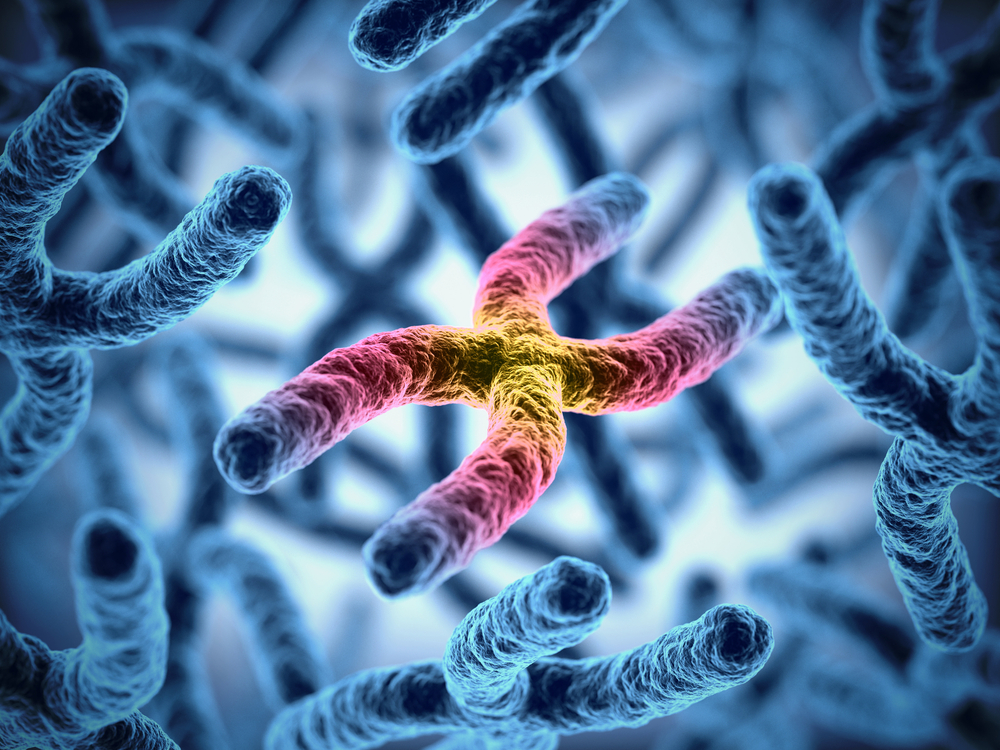Restoring Faulty Protein Production May Improve Gaucher Disease Symptoms, Study Finds
Written by |

Targeting mitochondrial dysfunction and the improper production of glucocerebrosidase, the faulty protein in Gaucher disease (GD), may be a promising therapeutic approach for the treatment of neurological symptoms associated with GD, according to a new study.
The study, “Pharmacological Chaperones and Coenzyme Q10 Treatment Improves Mutant β-Glucocerebrosidase Activity and Mitochondrial Function in Neuronopathic Forms of Gaucher Disease,” was published in the journal Scientific Reports.
Gaucher disease is caused by mutations in the GBA1 gene, causing the defective and insufficient production of the encoded protein, called glucocerebrosidase. Current therapies include enzyme replacement therapy (ERT), consisting of intravenous administration of glucocerebrosidase, but this treatment is only effective in patients with type 1 Gaucher.
Other stages of the disease (types 2 and 3), which are accompanied by several neurological symptoms, don’t respond to this therapy due to the protein’s inability to cross the blood-brain barrier (a barrier that protects the brain by determining which molecules pass through and which don’t) when injected into a patient.
Recently, a new form of therapy has been proposed for the treatment of GD patients, called pharmacological chaperone therapy (PCT), which is designed to ensure the proper production of the mutated protein, so that the final protein can work correctly.
“The fact that PCs are less expensive, can be given orally and usually cross the [blood-brain barrier] opens up the possibility of treating type 2 and type 3 GD patients with neurological involvement that are not responsive to ERT,” the authors wrote.
One of the most prevalent mutations in the GBA1 gene leading to the development of Gaucher disease is the L444P mutation, which causes the glucocerebrosidase protein to be deficient and dysfunctional. Patients who received a copy of the GBA1 gene carrying this mutation from both parents usually display a more severe neurologic form of GD that cannot be improved with ERT.
To understand the impact of this mutation in Gaucher disease, researchers cultured skin cells taken from three GD patients carrying the L444P mutation and healthy volunteers. They observed that, consistent with what is thought to occur in similar diseases, cells from Gaucher patients had deficient mitochondria, and cells were not able to get rid of them.
However, when researchers applied coenzyme Q10 (CoQ), a commercially available enhancer of mitochondrial activity, or NAdBT-AIJ, a synthetic protein that promotes the proper production of glucocerebrosidase, mitochondrial dysfunction and deficient glucocerebrosidase were partially restored. Better results were observed when both agents were applied simultaneously.
“Our studies provide experimental evidence that targeting mitochondrial dysfunction and [glucocerebrosidase production] by the combined supplementation of CoQ and the L444P-active pharmacological chaperone NAdBT-AIJ could be beneficial in the treatment of patients with neuronopathic GD,” the authors wrote. “However, additional experiments in neuronal or animal models are essential for the confirmation of these results.”


